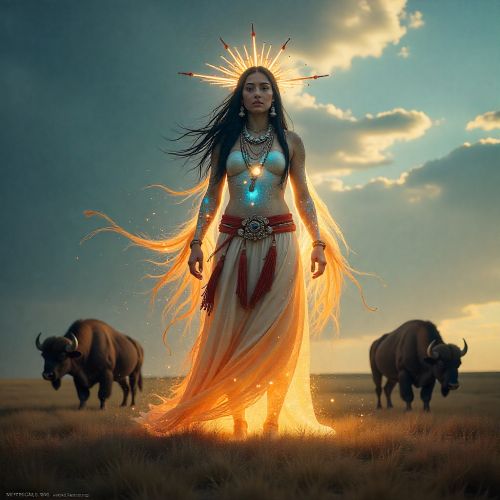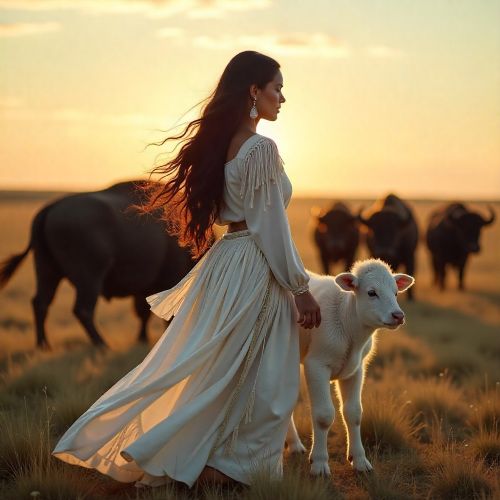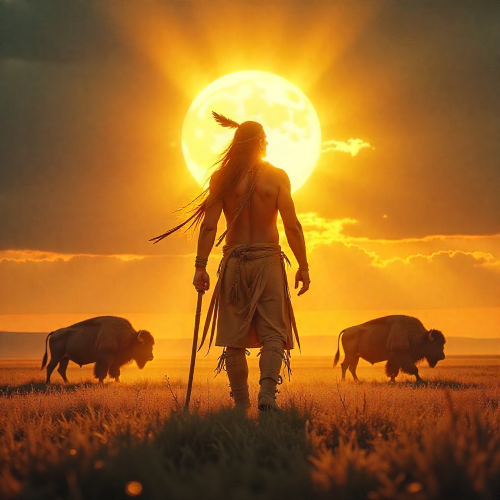Dakota Mythology
Dakota mythology, the spiritual tradition of the Dakota Sioux people, reflects a profound harmony between the sacred world, the natural environment, and the human spirit. The Dakota, one of the three main divisions of the Sioux Nation — alongside the Nakota and Lakota — possess a cosmology shaped by the plains, rivers, and skies of North America. Their stories are not distant legends but living teachings that connect creation, moral order, and the enduring relationship between humanity and the Great Mystery.
At the heart of Dakota spirituality lies the concept of Wakan Tanka, often translated as “The Great Spirit” or “The Great Mystery.” Wakan Tanka is not a single deity but a sacred force that pervades all existence. Every being — the wind, animals, stones, and stars — carries a spark of this divine essence. To the Dakota, Wakan Tanka represents both the unity and the diversity of creation. The spiritual life, therefore, is one of reverence and balance, lived in constant awareness that every action echoes through the web of existence.
According to Dakota creation myths, the world began in darkness, formed through the will of Wakan Tanka and the guidance of spiritual beings known as the Wakanpi. Among these divine entities are the Four Winds, the Thunder Beings (Wakinyan), and Wi, the sun. Each has a sacred role in maintaining balance in the world. The Thunder Beings, in particular, are powerful spirits associated with storms and justice — bringers of rain, but also enforcers of moral law. Lightning is seen as their sacred weapon, a reminder of Wakan Tanka’s power and purity.
The Dakota worldview also emphasizes the interconnectedness of all beings through the phrase Mitákuye Oyás’iŋ, meaning “All My Relations.” This principle affirms that humans, animals, and spirits share a common origin and purpose. Stories of the Trickster Iktomi, a spider or shapeshifting spirit, illustrate this relationship through paradox and humor. Iktomi’s mischief often leads to lessons about pride, greed, and the consequences of folly. Though flawed, he reflects humanity’s dual nature — capable of wisdom and error, destruction and creation.
Animals play sacred roles in Dakota mythology as spiritual messengers and teachers. The Buffalo represents life and abundance, its sacrifice sustaining the people both physically and spiritually. The Eagle, soaring closest to the heavens, symbolizes vision and connection to Wakan Tanka. Ceremonies honoring these beings, such as the Sun Dance and Vision Quest, serve to renew the bond between humans and the divine, ensuring the world remains in balance.
Even in modern times, Dakota mythology endures in storytelling, song, and ceremony. It teaches that the sacred is not separate from life but flows through every river, every breath, and every act of gratitude. The Dakota see the world as alive with spirit — a sacred circle where all beings are kin, and where understanding begins with respect for the mystery that surrounds us all.




